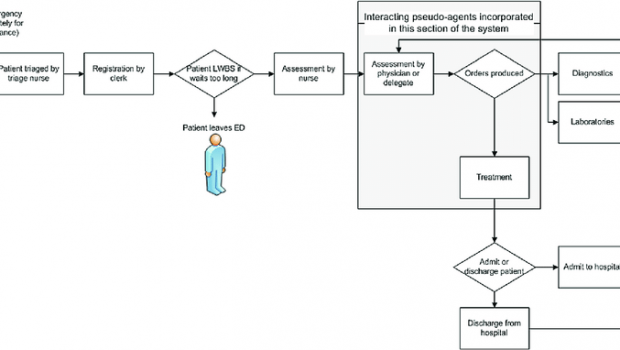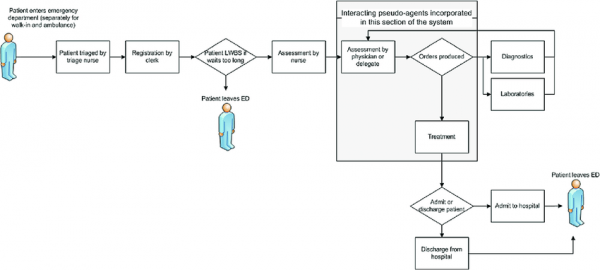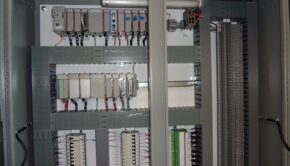How Improving Patient Flow in Emergencies Can Save Lives
Whether it’s from ailment or injury, it’s incredibly important that patients in health care facilities are treated as quickly as possible. After all, when it comes to emergencies, delays big or small can shift the balance between life and death. Treatment needs to be readily applied at the drop of a hat, and to do that, hospitals need to ensure a smooth and steady patient flow.
But how can it be improved? How do these enhancements really boost the level of care hospitals can provide?
Consequently, here’s how improving patient flow in emergencies can save lives.
Planning and Protocols
No matter how much a hospital may be overflowing, patients shouldn’t be abandoned to roam the facility freely or be sent to wards not best suited to heal them. A hospital needs to be a well-oiled machine, and that always means keeping everything – including the patients themselves – moving and supervised. Any misdirection or long waiting times are obviously signs that something is wrong where patient flow is concerned.
Therefore, hospitals should endeavour to ensure everything is organised sensibly. Early morning discharges will ensure that more beds are available throughout the day, and that patients have the time to check out of the facility in good time. Competent staff schedules will ensure that there’s no time being wasted or patients being accidentally neglected, and also minimise the chances of the doctors and nurses themselves getting overwhelmed and stressed too. Encouraging collaboration between staff will also facilitate a strong culture here also.
Ultimately, it’s down to the hospitals to enforce a robust set of principles in patient flow. Once everyone is on the same wavelength in terms of criteria and has adopted the same ‘patient flow first’ attitude, things will undoubtedly improve, and more lives can be saved.
Patient Perspective
When the concerns of patients are listened to and taken seriously, two things happen. First, patients are more likely to be put at ease and calmed once their issues are addressed. Second, staff can use their complaints as a kind of constructive data, which can thereafter improve the efficiency of a hospital. After all, no one knows the quality of care received better than the patients themselves.
If patients can also recognise where flow is waning, then they can highlight their concerns to healthcare professionals in person. Are emergency departments as responsive as they could or should be? Do they feel like they were kept in the hospital for the right amount of time, or did they want to be discharged sooner or receive further care? In the end, the answers to these questions can go on to save lives later down the line.
Upgrade Tech
There’re few problems technologies can’t solve. In the case of hospitals, patient flow can be improved by utilising services provided by Servelec, including innovative software that betters how healthcare professionals admit, transfer and discharge patients in real time. It’s a speedier and more streamlined process, allowing the influx and outflux of patients to be quickly, yet meticulously, managed.
Furthermore, consideration should also be paid to automation. Anything that minimises the time taken for face-to-face consultations is a bonus. Of course, these solutions might seem less sociable for the patient, and subsequently lose a bit of that doctor-patient magic. However, when it comes to boosting the quality and speed of care that hospitals can provide, technology is absolutely the answer.

















